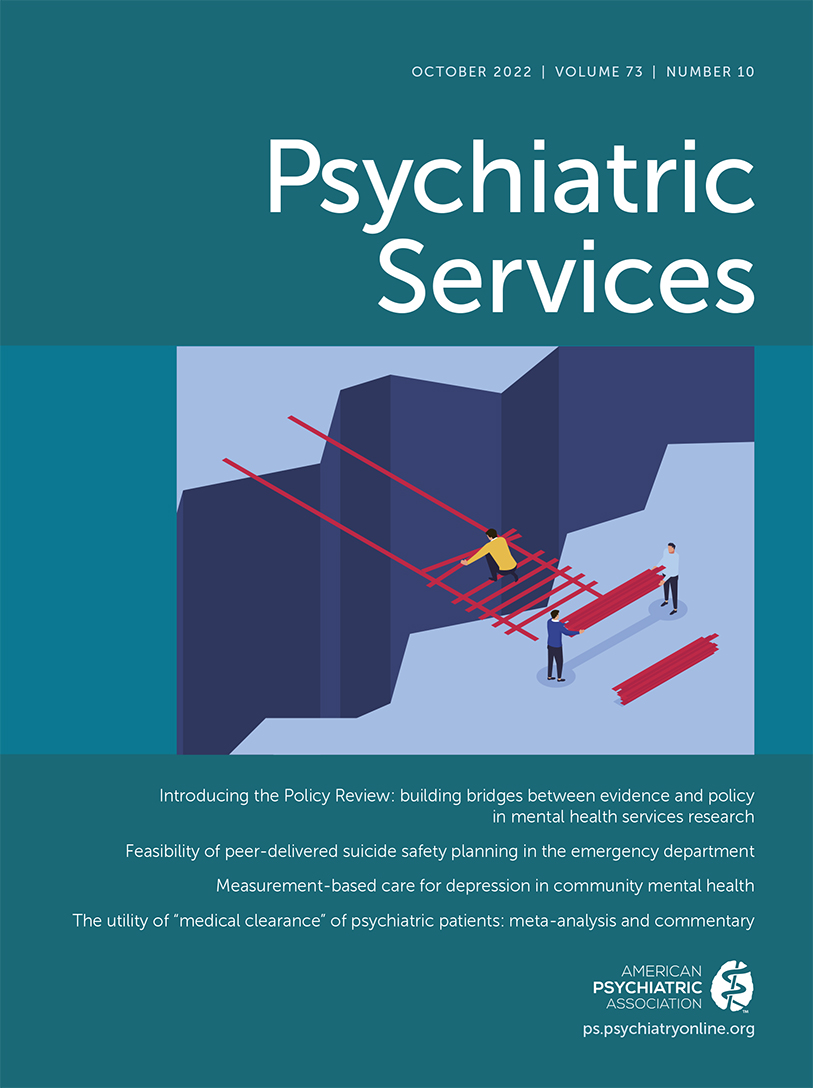Abstract
Objective:
Early-onset bipolar disorder is among the costliest psychiatric disorders; yet inpatient and outpatient service use patterns in this group are largely unknown. One-year behavioral and medical health service use was examined among adolescents diagnosed as having bipolar disorder, and rates were compared between adolescents with threshold versus subthreshold bipolar disorder.
Methods:
Participants included 100 adolescents (ages 12–18 years, 85% had been assigned female sex at birth) diagnosed as having bipolar disorder (type I, N=14; type II, N=28; not otherwise specified [NOS], N=58) via semistructured interviews and who consented to electronic health record (EHR) data review for enrollment in a psychosocial treatment study. Service use data were extracted in the year preceding study entry from a data repository containing all clinical and financial records (including outpatient and inpatient behavioral and medical visits) from a large western Pennsylvania health system.
Results:
EHRs indicated that 99% of adolescents used some behavioral health service, most commonly outpatient psychotherapy (60%) and medication management (43%). Use of intensive behavioral health services was common (49%), and 48% had at least one psychotropic medication noted in their EHR. General medical health services were used by 78%, most commonly outpatient (67%) and emergency department (39%) visits. No differences in service use were observed for adolescents with bipolar disorder type I or II compared with NOS for any services or medications examined.
Conclusions:
High use of behavioral and medical health services among adolescents with bipolar spectrum disorders has important implications for health care systems, insurers, providers, and consumers. Greater coordination of health care for this high-risk, high-use population may improve outcomes.



